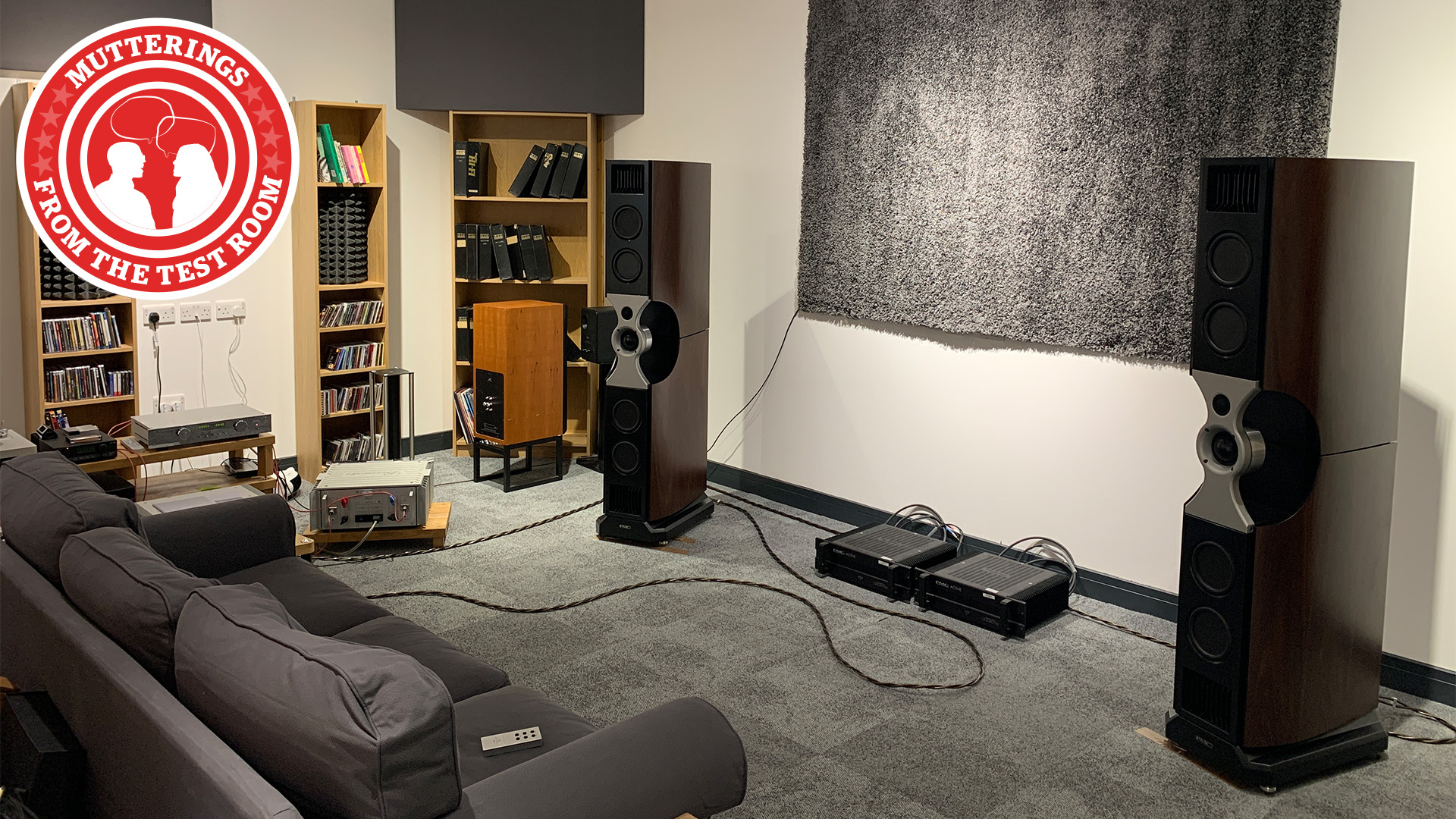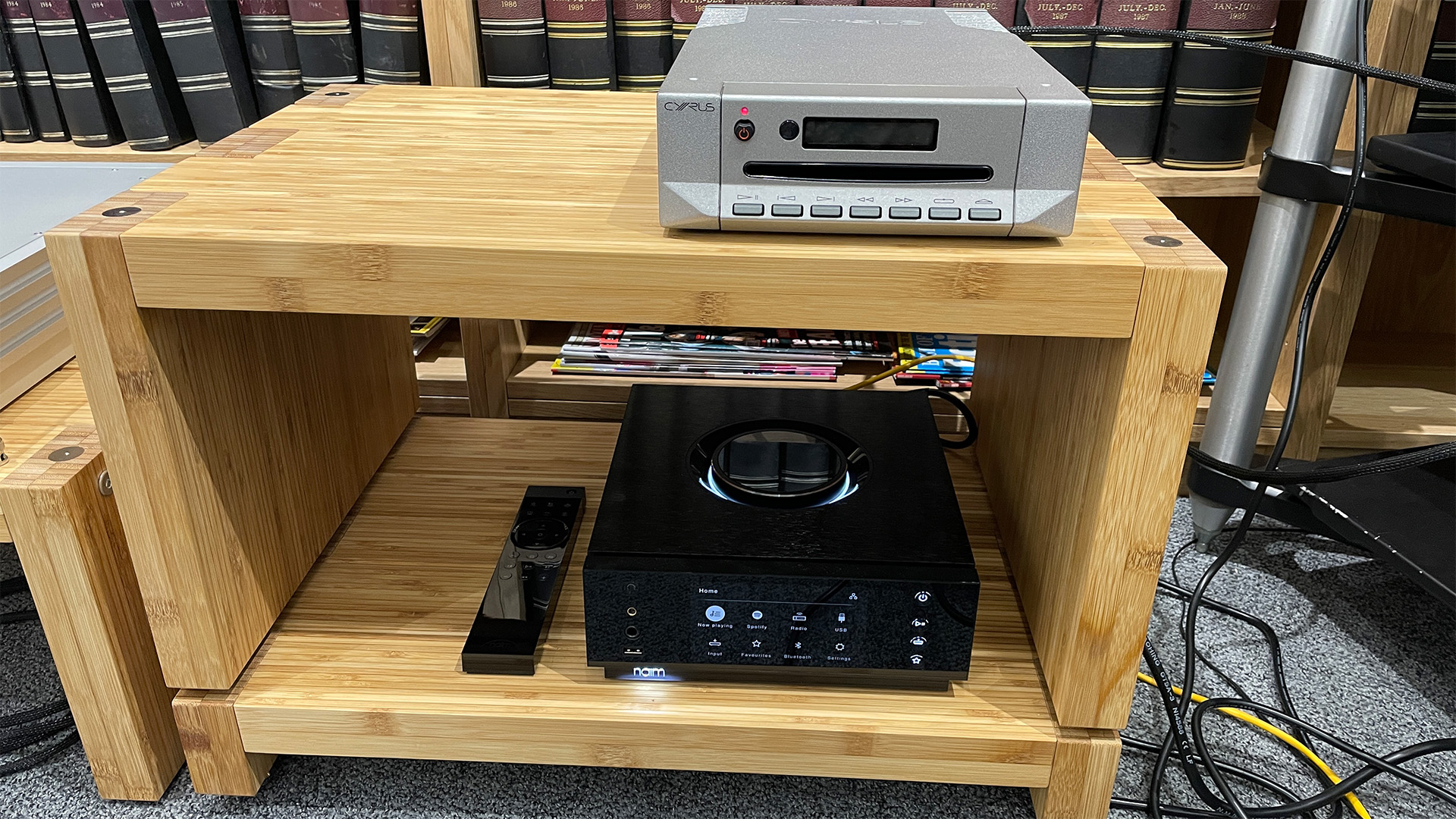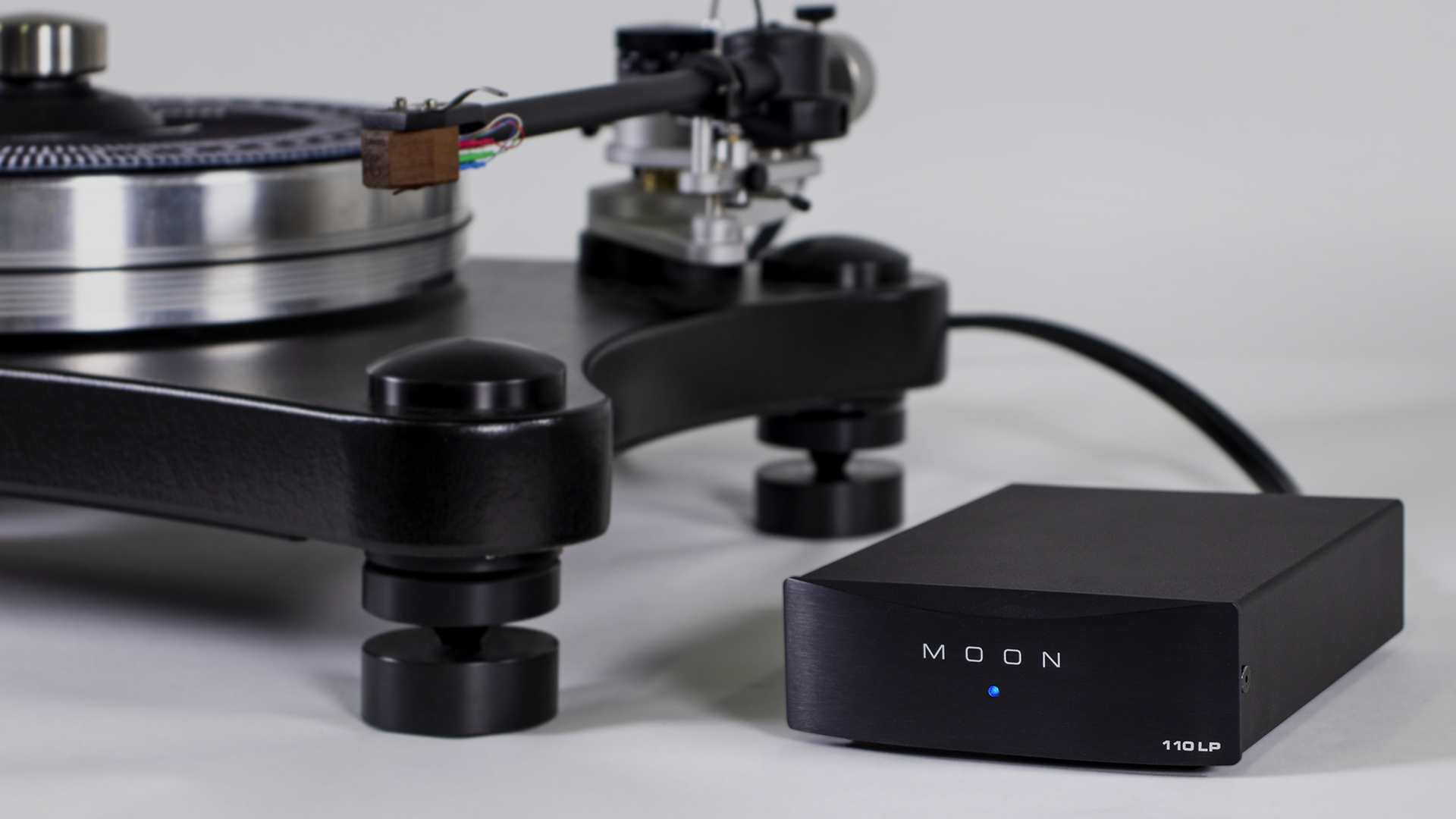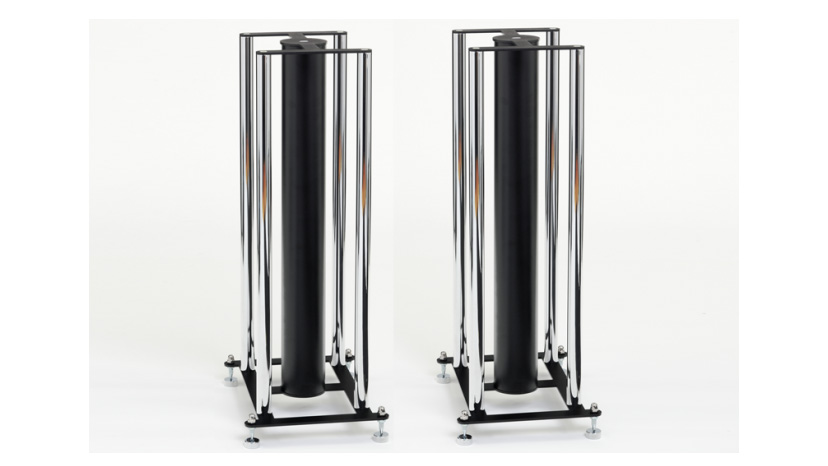Your hi-fi system's sound is being ruined and you don't even know it
Hi-fi needs pampering to shine

Equipment supports aren’t a particularly fashionable thing to talk about, are they? A cutting-edge digital-to-analogue converter with some clever processing tech or a speaker that uses an innovative new cone material seems so much more exciting. And for the most part, they are. But, the more I play around with all types of hi-fi and AV equipment supports, the clearer it becomes that they are fundamental to how well a system works.
This idea is easiest to appreciate when it comes to turntables. It is pretty obvious that the cartridge’s job of tracking the record groove is made harder if the whole deck is vibrating in some way. It doesn't matter if those disturbances are footfalls on a suspended wooden floor; the sound from your speakers or the traffic outside your house all have an impact on the sound.

It is less easy to appreciate the difference a well-damped yet rigid hi-fi rack such as the new Atacama Elite ECO 24 Reference can make to the system’s electronics. I’ve been playing around with quite a few supports in recent months, thanks partly to our annual What Hi-Fi? Awards judging, but also because I’ve been toying with various decouplers between my components at home and the rack I use.
The old tricks of using four squash balls or an inflated cycle inner tube under your system's electronics show that such things can make a striking difference. Don't be tempted by trying these things under a record player, though, as it is hard to ensure that the deck stays level when used this way.
In my experience, the difference is most obvious with CD players (understandable given their mechanical similarity with record players) but also with phono stages and preamps. Power amplifiers also benefit, but the scale of improvement a better support elicits is reduced (albeit still worthwhile).
Why do supports make a difference?

Having talked to various electronic designers, the general consensus seems to be that the various circuit components are affected internally by this mechanical energy and also that the tiny movements they experience cause unwanted interactions with the magnetic fields generated by the neighbouring components, leading to a reduction of sound quality.
This may seem trivial, but after much careful listening it is clear to me that the impact on the system’s sound is significant. In some cases, the improvement a good support brings is such that it would eclipse the gains obtained by spending hundreds more on upgrading the system's electronics.
Get the What Hi-Fi? Newsletter
The latest hi-fi, home cinema and tech news, reviews, buying advice and deals, direct to your inbox.
Even moving from an already good design such as the Award-winning Atacama Evoque Eco 60/40 SE2 to the more upmarket Elite ECO 24 model takes the system’s performance on a considerable step, and certainly of the same order as if we had spent the price difference on upgrading one of the system components.
So, what makes a good equipment support? The basics are that it has to combine low resonance, isolation and stability, which isn't easy. If it is being used for a record or CD player then being totally level and relatively rigid are essential. The material the support is made out of matters too, with glass shelves tending to produce a more forward and brighter sound from our systems, while wooden alternatives usually give fuller and richer results.
And don't forget speaker stands
Moving away from system electronics, it is astonishing just how much of an improvement a good pair of speaker stands can make. It is a real shame that some manufacturers continue to use the term ‘bookshelf’ when talking about standmount speakers.
Putting small speakers in a bookshelf is undoubtedly neat but a real no-no when it comes to sound. Most of the time, the speakers will be placed too high – most are designed to sound balanced when the tweeter is positioned around ear height. Deviate too much from this and the frequency balance becomes seriously uneven.
Just as importantly, a wooden shelf, even one packed with books, is not a particularly rigid support. The result is that detail resolution suffers and any dynamics the speakers produce are compressed.
Additionally, any speaker placed on a bookshelf won’t deliver its full potential when it comes to stereo imaging and the projection of a soundstage. A dedicated stand will support them more rigidly, allowing any movement of the cone to turn into sound rather than being lost in cabinet movement.

Simply put, if you want to make the most of your (non-floorstanding) speakers put them on a dedicated stands such as Custom Design FS104 Signature or Atacama’s Moseco 6. You won’t be disappointed.
The takeaway should be that everything matters when it comes to system building. You would have done a great deal of research and listening when deciding on your system's components. It would be a shame to limit their potential by not taking the same care over the choice of support.
MORE:
Our recommendations for the best hi-fi and AV racks and best speaker stands

Ketan Bharadia is the Technical Editor of What Hi-Fi? He has been reviewing hi-fi, TV and home cinema equipment for almost three decades and has covered thousands of products over that time. Ketan works across the What Hi-Fi? brand including the website and magazine. His background is based in electronic and mechanical engineering.
-
Iggy Reply
hi, plz send me the names of the equipment displayed in the 1st pic from (Image credit: Future) from the storyWhat Hi-Fi? said:Equipment supports aren't headline news, but they are essential if your system is to perform at its best.
Your hi-fi system's sound is being ruined and you don't even know it : Read more -
nopiano Reply
Welcome to the forum. Unfortunately the editorial staff don’t reply on the forum, so rather than disappoint you, I might be able to name some of the kit. When you read the magazine you’ll get to know what their reference components are.Iggy said:hi, plz send me the names of the equipment displayed in the 1st pic from (Image credit: Future) from the story
The very tall pair of speakers are PMC Fenestria. The speaker with its back to us is an ATC SCM50. The silver power amp might be the Burmester used as a reference, and that might be the corresponding preamp on the table. Does that help? -
tones What a load of utter nonsense. All that's needed is a good, solid, stable surface, not some fancy device intended to swell the coffers of equipment manufacturers. In 50 years of listening to hi-fi, I've been through the whole stands/supports/cables thing and have come out the other side, poorer, but wiser. So, they are not, repeat NOT, repeat NOT essential.Reply -
giggsy1977 Pre and power amps benefit from different supports and the material used alters the sound?Reply
I can get on board with mechanical components benefitting from better supports (especially speakers) but that is just nonsense!
It makes a mockery of an otherwise good publication. You don't review HDMI cables any more because that was nonsense, so please keep some credibility and publish verifiable statements.
I would challenge anyone to tell me they could hear a difference in sound with a pre-amp on a wooden support versus a glass support. 🙂
